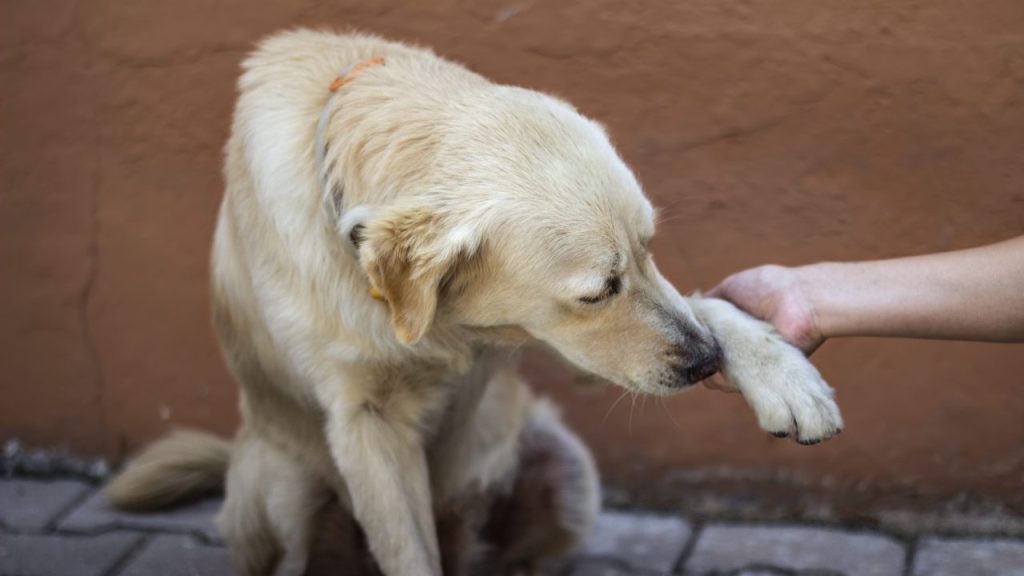Bee stings can be just as scary for your four-legged friends as it can be for you. Bees are most active in the summertime. This is when they seek out food for the hive, pollinate plants, or move a queen to a new location in a swarm. Getting stung by a bee, especially on the foot, can be painful, and in some…






